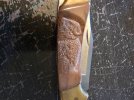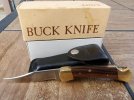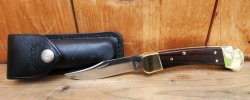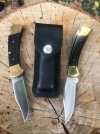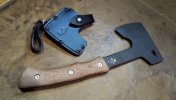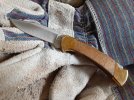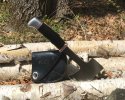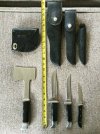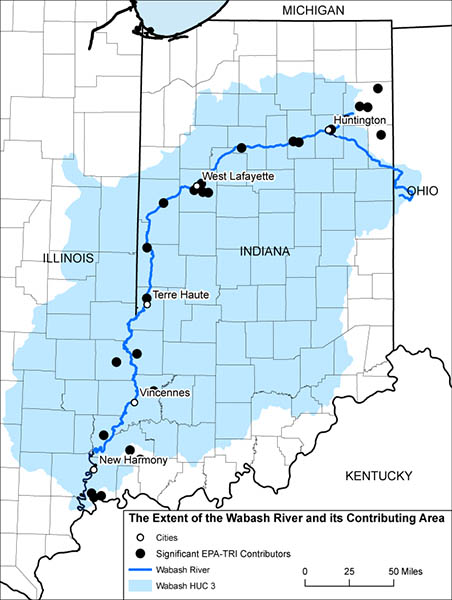DeSotoSky
Gold Member
- Joined
- Mar 21, 2011
- Messages
- 6,786
Hello and welcome to the Sunday Picture Show. Share your Buck knives with others by posting pictures of them here. New or old, plain or custom, user or safe queen, one or a collection, we love to see them all. This weekly tradition was started in 2010 by ItsTooEarly (Armand Hernandez) and Oregon (Steve Dunn). Help keep the tradition alive. Feel free to click that 'LIKE' but lets not let it replace discussing and complimenting each others knives. DeSotoSky (Roger Yost)

This painting accompanied Theodore Roosevelt's article on St. Clair's Defeat, featured in the February 1896 issue of 'Harper's New Monthly Magazine.
On This Day, November 3-4, 1791 The Battle of the Wabash or St Clair's Defeat
I'm going to give the end before circling back to the beginning. This was the worst defeat and the biggest disaster in American military history, and one I never heard of.
918 were killed and 276 wounded.
Those losses represented half of the entire U.S. Army at the time. (the Revolutionary Continental Army was disbanded 1783)
The Battle losses were lopsided with the Native Indian casualties being only 21 killed and 40 wounded.
When Americans think about the Indian Wars we think about what happened 85 years later to General Custer at Little Big Horn. There is no comparison with only 268 casualties. In the 1783 Treaty of Paris ending the Revolutionary War Great Britain recognized United States sovereignty over all lands East of the Mississippi and South of the Great Lakes (see map my post #15). Obviously, the Native American tribes were not involved or asked their opinion on the matter. The government was badly in debt and intended to raise funds by selling the land in what was then called the North-West Territory (present-day Ohio, Indiana, Illinois, Michigan, Wisconsin, and parts of Minnesota) Conflicts between settlers and the Indians were continual, challenging United States authority over the area. An earlier 1790 expedition into the territory was poorly organized and met strong resistance suffering 200 casualties and withdrew. In 1791 Major General St Clair was tasked with bringing the territory under control. Starting of with a force of about 2000 men it was supposed to be a summer campaign but poor planning, poor training, poor supplies, poor horses, poor pay etc did not get underway until October. By November due to Illness, high desertion, constant harassment by the Indians the force was down to a little over a thousand including the camp followers (wives, children, laundresses, and prostitutes!!!) Meanwhile, all the tribes had organized into a Confederation so while St Clair's numbers were dwindling the number of tribal warriors was increasing. St Clair was a poor leader, probably sick with gout, failed to take heed, send out reconisance or prepare fortifications etc. On the morning of Novenber 4th his camp was surrounded by over 1,000 warriors and taken completely by surprise.... It was a brutal slaughter even including all the camp followers. We live in a political time were Congressional investigations have become the norm and all too frequent. This incident resulted in our very first Congressional investigation.
addendum: the location of this battle was near present day Fort Recovery, OH along the Wabash river.
2 good reads here
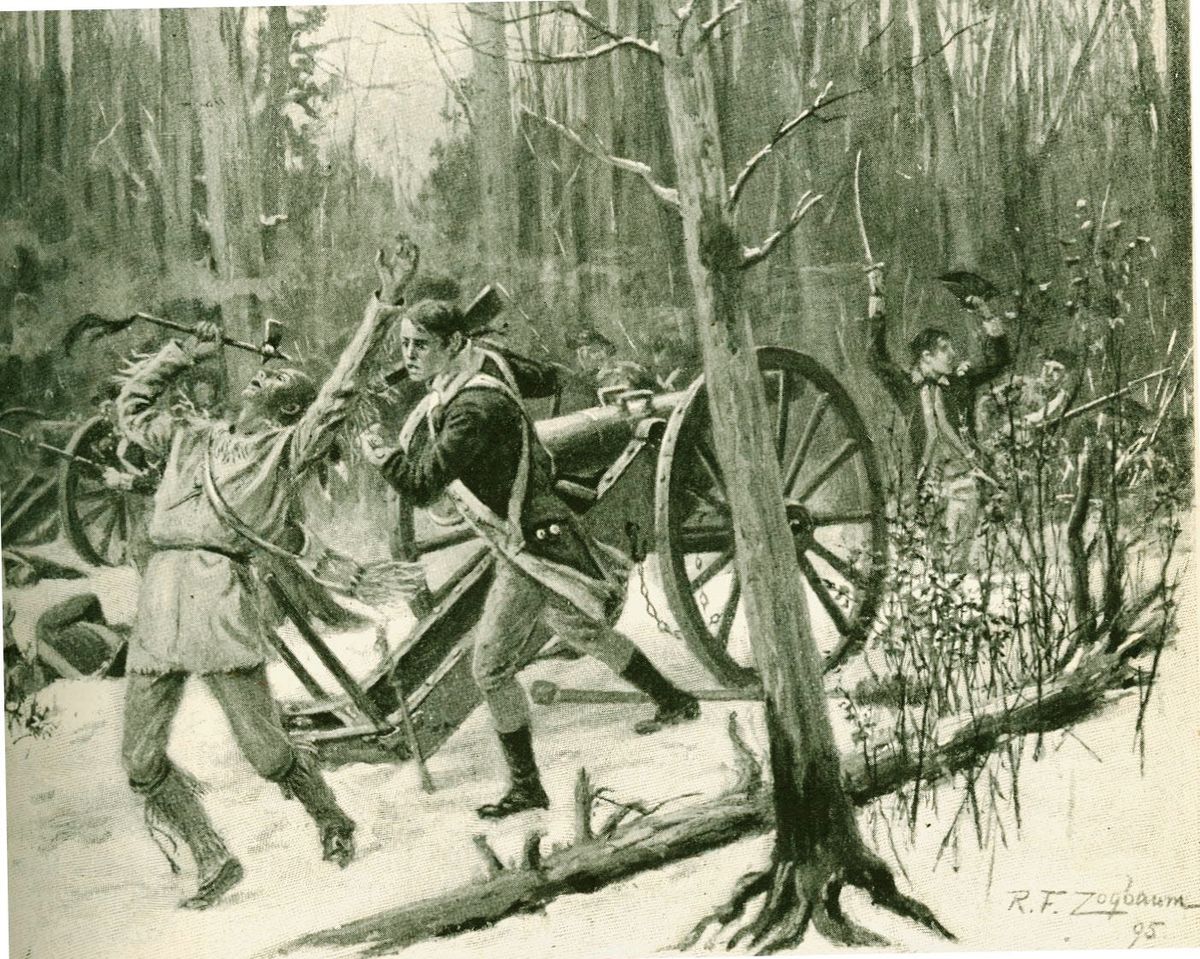
St. Clair's defeat - Wikipedia

The Battle of the Wabash: The Forgotten Disaster of the Indian Wars - The Army Historical Foundation
By Patrick Feng, Foundation Programs and Operations Coordinator When Americans read or hear about the Indian Wars, they are exposed to the familiar names like Sitting Bull, Crazy Horse, and […]
 armyhistory.org
armyhistory.org
*************************************************************************************************************************************************************
The first (or early) 106 axe's were chrome plated. I believe the only Buck that ever was.
The 1965 catalog insert shown at the end says "Triple Plated".
Note that the catalog image shows 'Buck' stamped on the head, not above the handle.
If you are BCCI member, Joe Houser did a good review of the 106 in the March 04 Newsletter
Here is a brief summary of the 106 timeline. I've re-posted this every so often.
1965 -1967 1-line phenolic handle, bone hard fiber spacers "HUNTERS AXE"
(there are early versions with chrome plating and/or stamped on the head....chicken or the egg?)
1967 2-line (USA added)
1969 spacers change to micarta
1971 black micarta handle, earliest are rare full wrap around with hidden tang
1972 3-line (model number added)
about 1972-1973 some burgundy micarta was used
1983 handle changes to resin impregnated birch
1986 date codes begin
1993 last year in catalog..(for awhile)
1997-1998 reintroduced "CAMPERS AXE" 2" longer, birch handle
1999 black kydex handle, hang hole cutout
2000 black kydex handle, deer head cutout
2001 oak finish handle, deer head cutout (discontinued again until the Compadre version)




1965 Catalog

.
Last edited:



